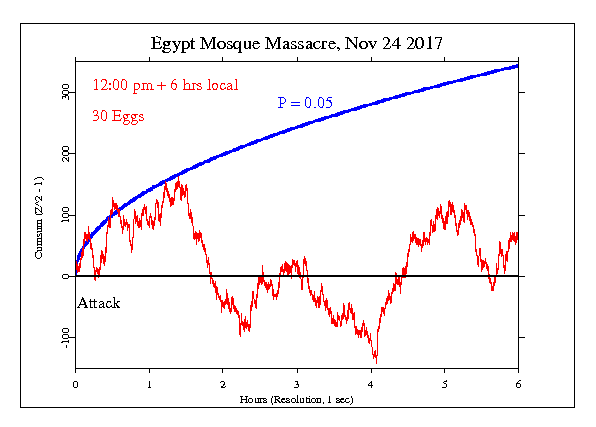Egypt Mosque Massacre
CAIRO — Militants detonated a bomb inside a crowded mosque in the Sinai Peninsula on Friday and then sprayed gunfire on panicked worshipers as they fled, killing at least 305 people and wounding at least 128 others. Officials called it the deadliest terrorist attack in Egypt’s modern history. The scale and ruthlessness of the assault, in an area racked by an Islamist insurgency, sent shock waves across the nation — not just for the number of deaths but also for the choice of target. Attacks on mosques are rare in Egypt, where the Islamic State has targeted Coptic Christian churches and pilgrims but avoided Muslim places of worship.
The attack injected a new element into Egypt’s struggle with militants because most of the victims were Sufi Muslims, who practice a mystical form of Islam that the Islamic State and other Sunni extremist groups deem heretical. And it underscored the failure of President Abdel Fattah el-Sisi, who has justified his harsh crackdown on political freedom in the name of crushing Islamic militancy, to deliver on his promises of security.
“The scene was horrific,” said Ibrahim Sheteewi, a resident of Bir al-Abed, the small north Sinai town where the attack took place. “The bodies were scattered on the ground outside the mosque. I hope God punishes them for this.” Hours later, the Egyptian military carried out several airstrikes near Bir al-Abed targeting militants fleeing in four-wheel-drive vehicles, an Egyptian military official said. On Saturday, Egypt’s top prosecutor, Nabil Sadek, said in a statement that the death toll had risen and included at least 27 children. A witness said he had helped gather the bodies of 25 of them.
Between 25 and 30 militants carried out the attack, the statement said. They barged in carrying automatic weapons and the Islamic State flag. “The perpetrators of the terrorist attack posted themselves in front of the door of the mosque and its 12 windows,” the statement said. But even by recent standards in Egypt, where militants have blown up Christian worshipers as they knelt at church pews and gunned down pilgrims in buses, the attack on Friday was unusually ruthless. “I can’t believe they attacked a mosque,” a Muslim cleric in Bir al-Abed said by phone, requesting anonymity for fear he could also be attacked.
The attack started midday during Friday Prayers when a bomb — probably set off by a suicide bomber, security officials said — ripped through Al Rawda mosque in Bir al-Abed, 125 miles northeast of Cairo. As worshipers fled, they were confronted by masked gunmen who, witnesses said, had pulled up outside in five four-wheel-drive vehicles. The gunmen set fire to cars parked outside the mosque to hinder escape, and opened fire on ambulances as they arrived on the scene, a government official said on state television.
Specific Hypothesis and Results
The GCP hypothesis was set for 6 hours beginning at midday local time, 10:00 to 16:00 UTC. The result is 21686 on 21600 df, with p = 0.339 and Z = 0.415.
Interpretation
The following graph is a visual display of the statistical result. It shows the second-by-second accumulation of small deviations of the data from what’s expected. Our prediction is that deviations will tend to be positive, and if this is so, the jagged line will tend to go upward. If the endpoint is positive, this is evidence for the general hypothesis and adds to the bottom line. If the endpoint is outside the smooth curve showing 0.05 probability, the deviation is nominally significant. If the trend of the cumulative deviation is downward, this is evidence against the hypothesis, and is subtracted from the bottom line. For more detail on how to interpret the results, see The Science and related pages, as well as the standard caveat below.

Standard caveat
It is important to keep in mind that we have only a tiny statistical effect, so that it is always hard to distinguish signal from noise. This means that every success
might be largely driven by chance, and every null
might include a real signal overwhelmed by noise. In the long run, a real effect can be identified only by patiently accumulating replications of similar analyses.
